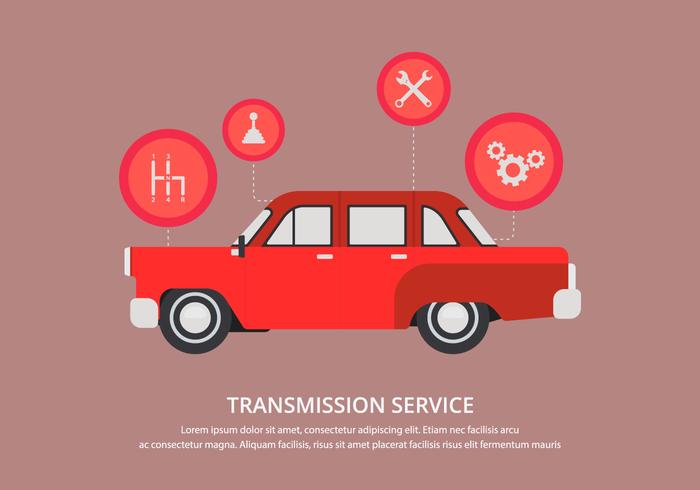Analyzing Your Vehicle'S Alert Lights: Their Real Effects
Analyzing Your Vehicle'S Alert Lights: Their Real Effects
Blog Article
Authored By-Lim Dalgaard
When you're behind the wheel, those radiant caution lights on your control panel can be a bit complicated. Do you understand what they're attempting to inform you about your car's health and wellness? Comprehending the importance of these lights is vital for your safety and security and the long life of your automobile. So, https://www.autobodynews.com/index.php/western/item/25716-l-a-residents-furious-at-auto-repair-shop-parking-exotics-on-neighborhood-streets.html among those lights turns up, would not you wish to understand its message precisely and take the needed actions to address it?
Common Caution Lighting and Interpretations
Recognize common caution lights in your auto and comprehend their definitions to guarantee risk-free driving.
The most normal warning lights consist of the check engine light, which signifies problems with the engine or exhausts system. If this light comes on, it's crucial to have your automobile examined without delay.
The oil stress cautioning light indicates low oil stress, requiring instant attention to prevent engine damages.
A blinking battery light could recommend a damaged charging system, possibly leaving you stranded if not resolved.
The tire stress monitoring system (TPMS) light alerts you to low tire stress, impacting vehicle security and fuel efficiency. Neglecting this might result in dangerous driving conditions.
The abdominal muscle light suggests a problem with the anti-lock braking system, jeopardizing your capacity to stop promptly in emergency situations.
Lastly, the coolant temperature alerting light warns of engine getting too hot, which can lead to severe damage otherwise fixed swiftly.
Understanding these typical caution lights will certainly aid you resolve problems without delay and maintain safe driving problems.
Value of Prompt Interest
Comprehending the common warning lights in your car is just the primary step; the significance of immediately dealing with these warnings can not be highlighted sufficient to ensure your safety on the road.
When a warning light brightens on your control panel, it's your car's means of interacting a prospective concern that needs focus. Ignoring these cautions can bring about more extreme troubles down the road, endangering your safety and potentially costing you extra out of commission.
Trigger focus to alerting lights can avoid breakdowns and accidents. As an example, a blinking check engine light might show a misfire that, if left unattended, could cause damages to the catalytic converter. Addressing this promptly can save you from a costly fixing.
Likewise, a brake system cautioning light may indicate low brake liquid or worn brake pads, vital elements for your safety and security when driving.
Do It Yourself Troubleshooting Tips
If you notice a caution light on your control panel, there are a couple of DIY repairing tips you can attempt prior to looking for expert assistance.
The very first step is to consult your automobile's guidebook to recognize what the details warning light suggests. Sometimes the problem can be as basic as a loose gas cap triggering the check engine light. Tightening up the gas cap might deal with the trouble.
One more usual issue is a low battery, which can activate different alerting lights. Checking ad detailing for deterioration and guaranteeing they're protected might fix the problem.
If a caution light persists, you can try resetting it by separating the car's battery for a few mins and after that reconnecting it. In addition, checking your lorry's liquid levels, such as oil, coolant, and brake fluid, can help fix advising lights connected to these systems.
Conclusion
In conclusion, recognizing your vehicle's caution lights is vital for keeping your automobile running smoothly and securely. By quickly dealing with these informs and knowing what they indicate, you can prevent costly repair services and potential failures.
Keep in mind to consult your cars and truck's guidebook for specific information on each advising light and act as necessary to ensure a trouble-free driving experience.
Remain informed, stay safe when traveling!
